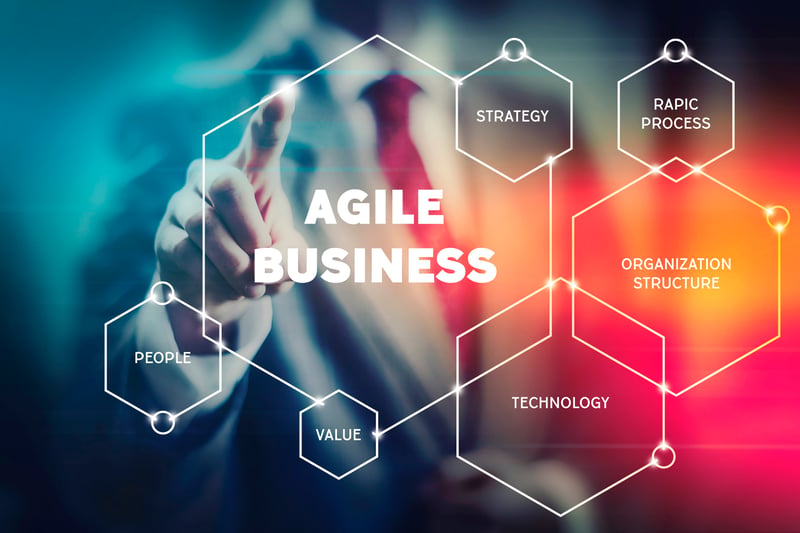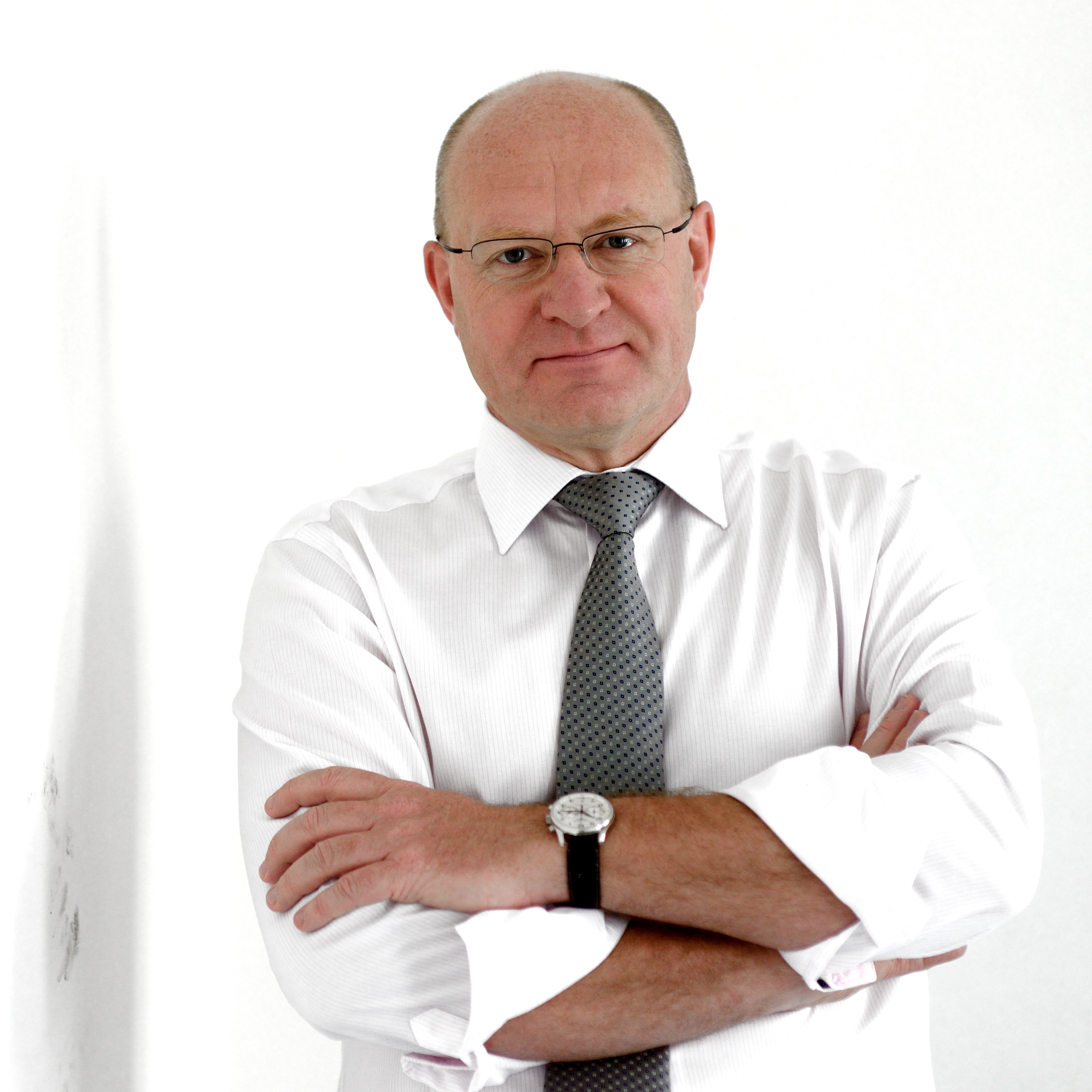In the post-pandemic world, people and society will seek a new equilibrium. Even though we are unable to predict how this ‘next normal’ will impact businesses, that doesn’t mean we shouldn't prepare for it.
In this #AENextNormal blog series, we discuss how people and society will seek a new equilibrium and what companies will need to undertake to navigate out of the crisis and find their new position in the 'next normal'. In this blog, we'll zoom into why and how investing in the capability to change is the way to go.
Agility = Leverage + Speed
Resilience is the ability to quickly recover. Agility is the ability to quickly change direction and adapt your capabilities for different purposes. Lingerie manufacturer Van de Velde, for example, started stitching mouth masks in a couple of hours. Breweries move from beer to hand gel and restaurants start with take-away services in a few days.
Agility is not synonym for fast. It is about changing fast. EDS’ strategy in the years 2000 (those days!) was based on the concept of the Agile Enterprise (HP had taken ‘Adaptive’ Enterprise just before). Agility was defined as leverage + speed. Being able to do ‘more’ faster. Imagine you run banking services in Belgium and you want to expand business geographically. How fast are you able to bring up your services in the Netherlands, France, … knowing that customers have other preferences and legislation is totally different?
Companies that organize for change and changeability are in a winning position: they can quickly respond to different contexts and circumstances. These are the companies that navigate through crises, because they thrive on diversity and speed.

How do you organize for change and changeability?
The answer is threefold:
Organizational level
On organization level you have to invest in multi-disciplinary teams with a strong purpose, innovative culture, short feedback loops and measurement on throughput.
Process level
On process level you have to invest in an agile mindset, visual management and measurement on output. Automating the software development lifecycle is an excellent idea, because, in a digital world, IT development is on the critical path of any business realization.
Architecture level
On architecture level it is mandatory to start with a commonality-variability analysis to distinguish the things that change and the ones that don’t. This is investing in business reference models, industry frameworks, software factories, design patterns and architectural principles like “separation of concerns”. And investing in automating IT.
Embrace the Next Normal
To navigate out of the current crisis and accelerate towards your future, you'll have to embrace the Next Normal. Grasp this moment to revisit your strategy, invest in the capability to change and accelerate digital business with human technology.
Working on the necessary changes can feel overwhelming at times, especially if you have tons of ambitions but are limited because of outdated systems. To help you walk this tightrope between ambition and reality, check out our webinar with Jan Somers.
Are you ready to flourish in the era of transformational excellence? We'd love to discuss where we can be of help! Don't hesitate to contact us.




